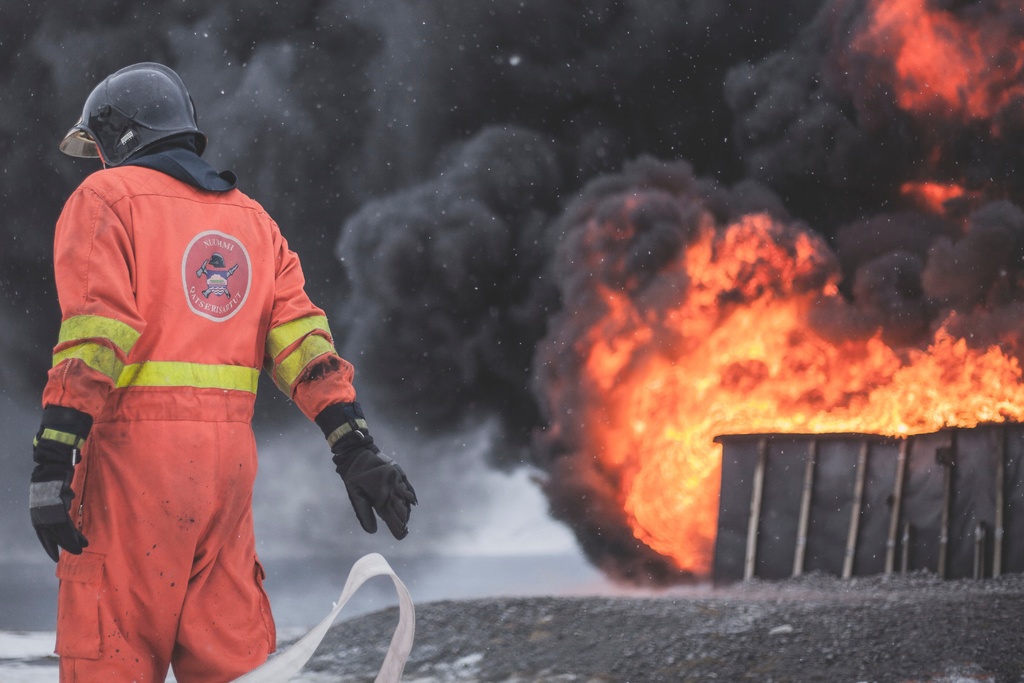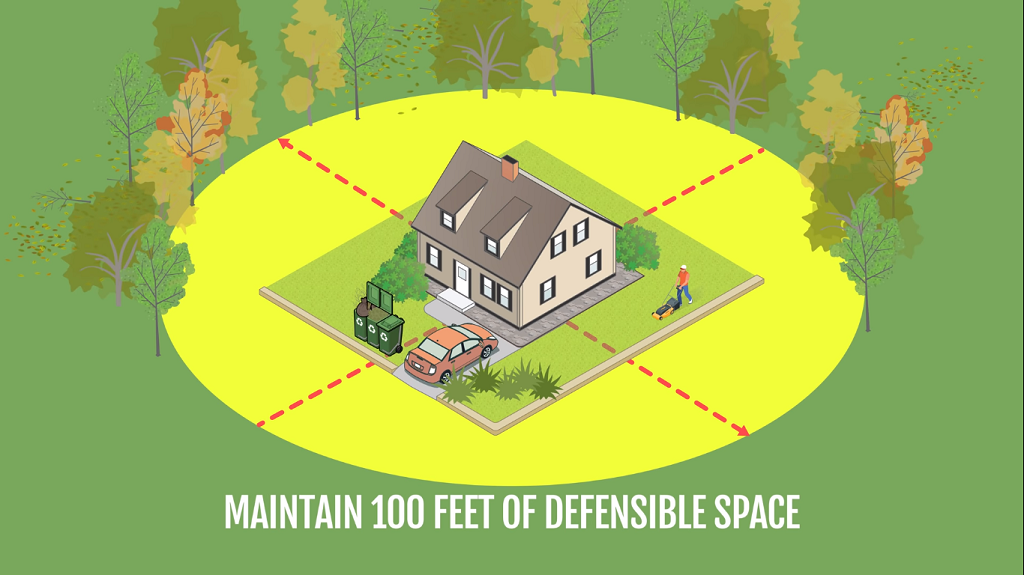The Insurance Information Institute released its comments alongside a report explaining the risk wildfires pose to insurers, and how they can be mitigated

Wildfires burned through California last year and caused an estimated $15bn in insured losses
Builders and residents must improve their risk management strategies to improve resilience against wildfire damage, says the Insurance Information Institute (III).
The US industry association also suggested the severity of wildfires could be lessened if people were not living “in harm’s way”, urging them to reconsider the placement of their homes.
Its comments came alongside the release of a report highlighting both the role insurance companies play in the resilience of wildfire-prone communities, and the toll that catastrophe losses pose to the industry as a whole.
III CEO Sean Kevelighan said: “The increased severity of these wildfires stems in part from too many people residing in harm’s way.

“Builders and residents need to focus on how to be more resilient, or reconsider altogether whether to place homes in certain areas.”
California wildfires cost insurers an estimated total of $15bn last year.
According the III’s report, many of these providers have a decreasing appetite for covering wildfire-prone areas — a trend that’s evident in reinsurance companies as well.
“In these areas, insurers may charge higher premiums for wildfire coverage (if they are able to do so), increase deductibles, or cap payouts for wildfire losses,” the report read.
“However, often these higher premiums that reflect the heightened risks may be unaffordable for policyholders.”
Insurers encouraging communities to adopt wildfire risk management strategies
The III’s report encouraged insurers to do their part in helping policyholders become more resilient to wildfires through risk management techniques.
It read: “Insurers have a strong economic incentive to offer coverage to households and businesses in the state.
“As destructive wildfires may increasingly become more common in California, it is to the insurance industry’s advantage to encourage at-risk communities to be more wildfire resilient and to develop innovative products that help better measure and transfer risk.”
Referring to insurers as having been “instrumental” in leading resilience efforts against wildfire risk, the III claimed there are many ways individuals and communities can significantly lower their destructive potential.
Strategies laid out in the paper included maintaining defensible space — the gap between a property and potentially flammable materials — and using materials less likely to catch alight in the construction of homes.

According to the report, the industry is promoting both of these methods by funding education programmes and grants given by risk management organisations to increase community resilience.
The III stopped short of recommending a change to California’s building codes — which don’t currently force homeowners to retrofit properties with hardened materials — but it did cite a study from US media conglomerate McClatchy, parent to several California publications, to show the value of upgrading homes.
The study found 51% of the 350 houses built after 2008 survived the damage wrought by 2018’s wildfires, whereas this dropped to 18%, or 2178, of the 12,100 houses built before 2008.
According to the III report, community-wide wildfire risk management strategies can also benefit policyholders through lower premiums.
“A more resilient community — perhaps with a protection plan in place and with good fire department accessibility — may represent a more desirable market for insurance companies, which could result in lower premiums or better coverage options for individual homeowners and businesses in those areas,” it said.
